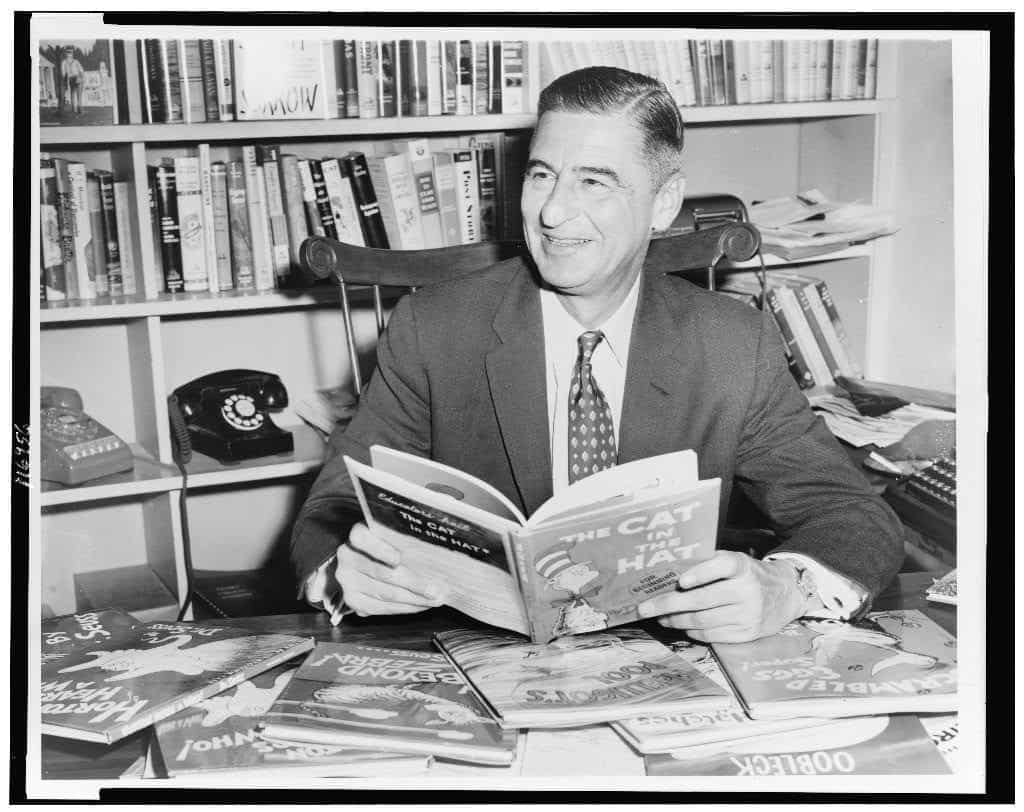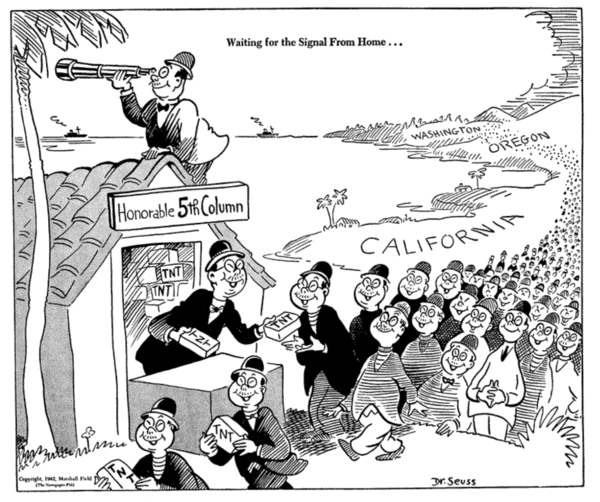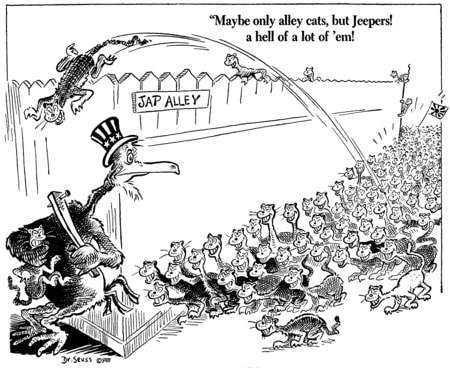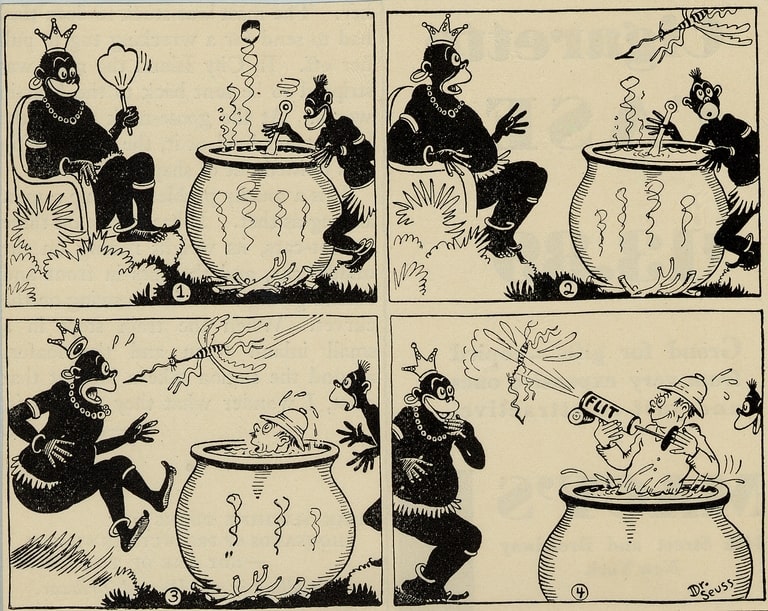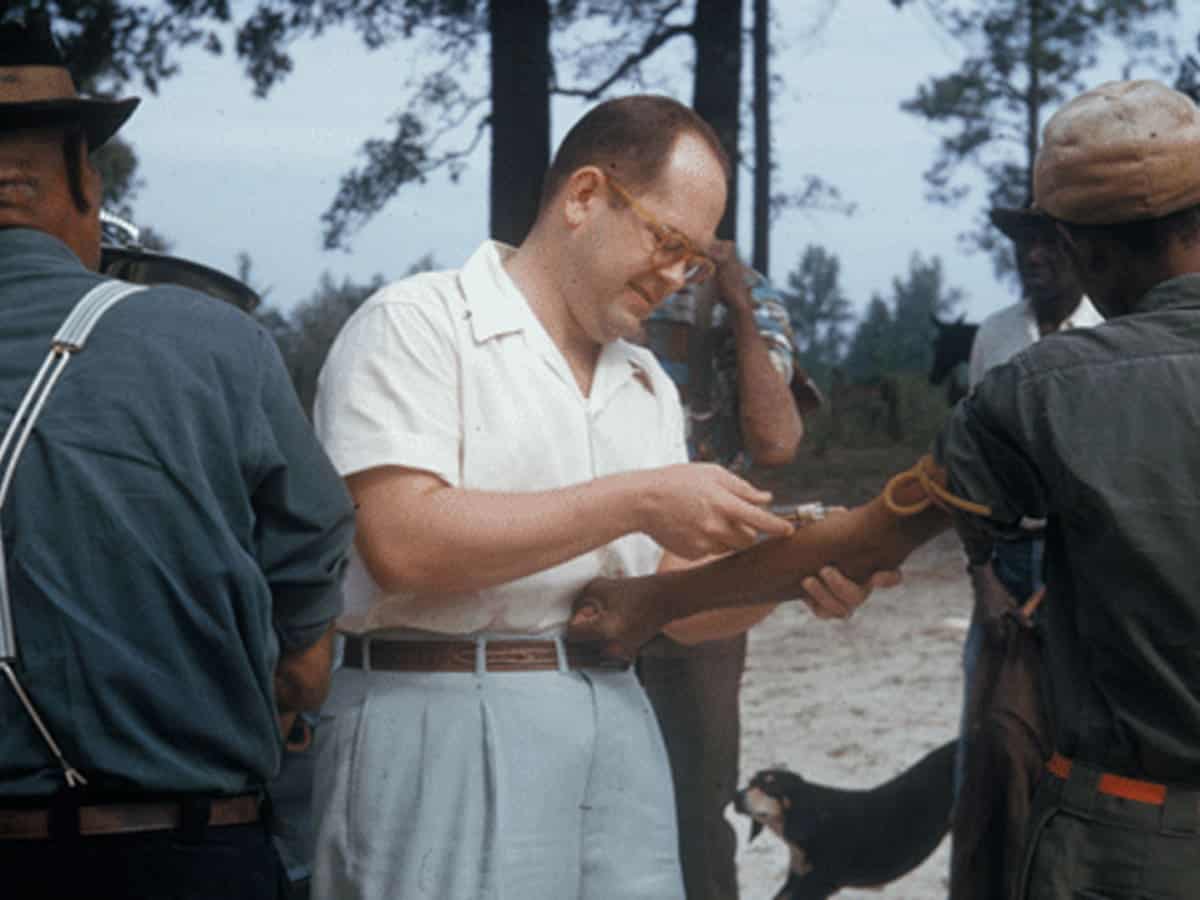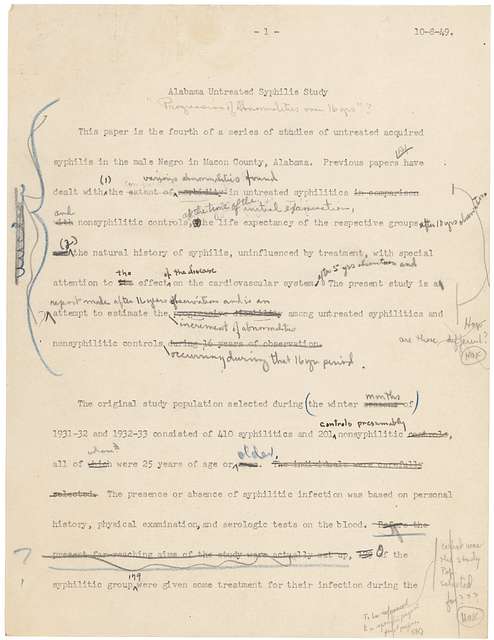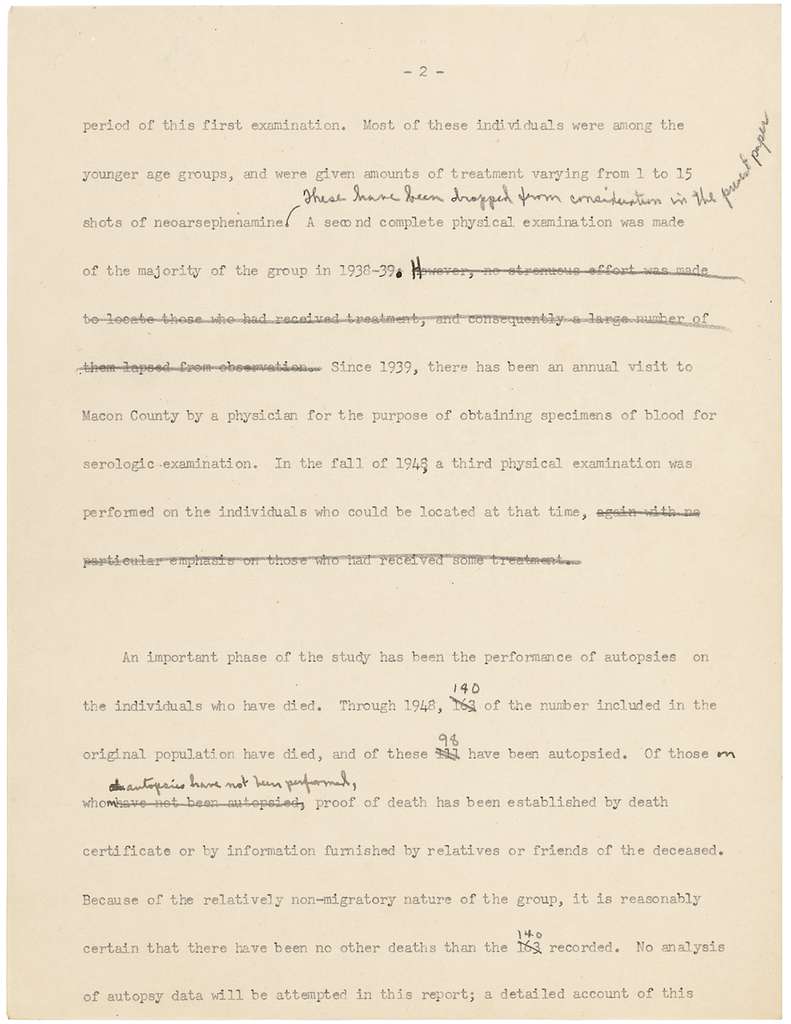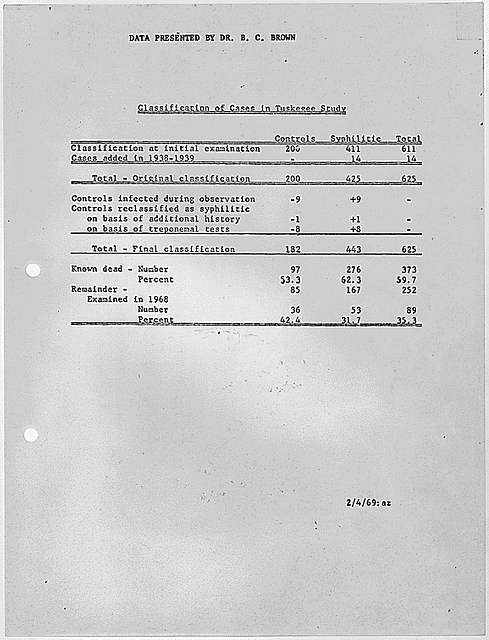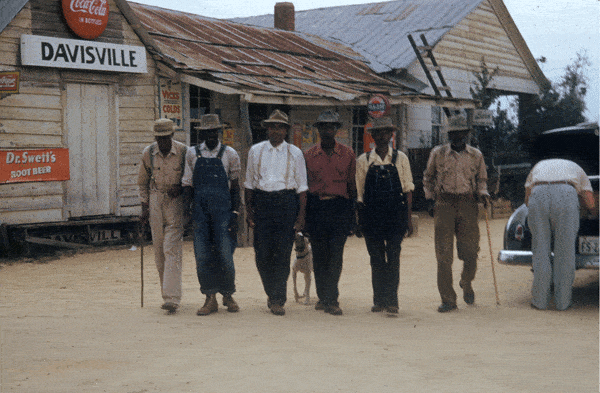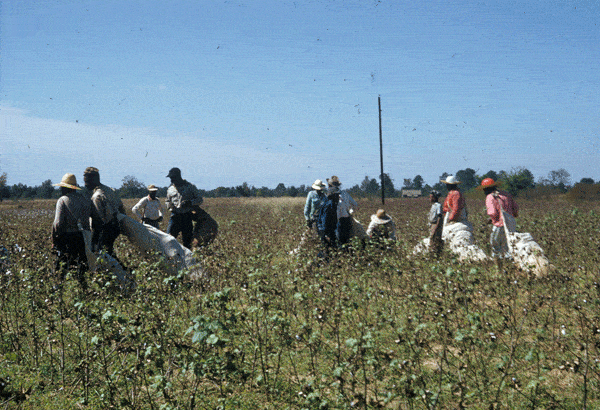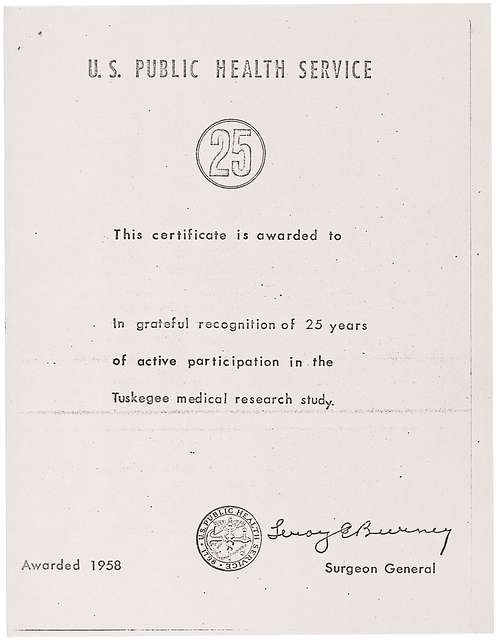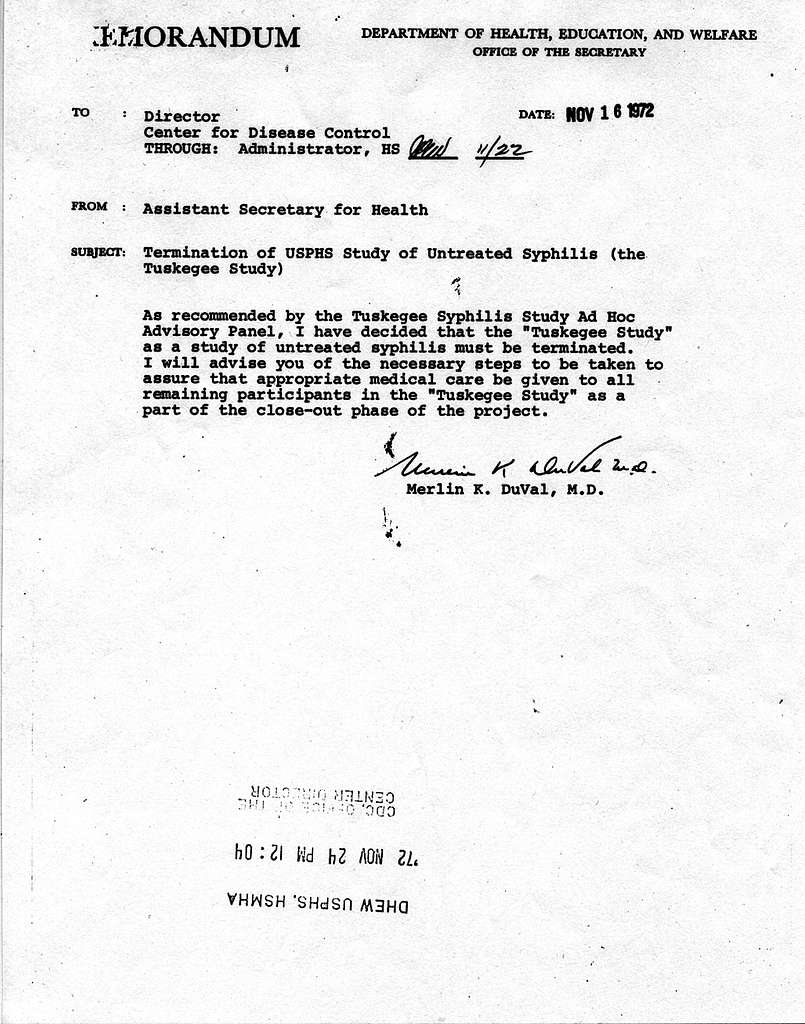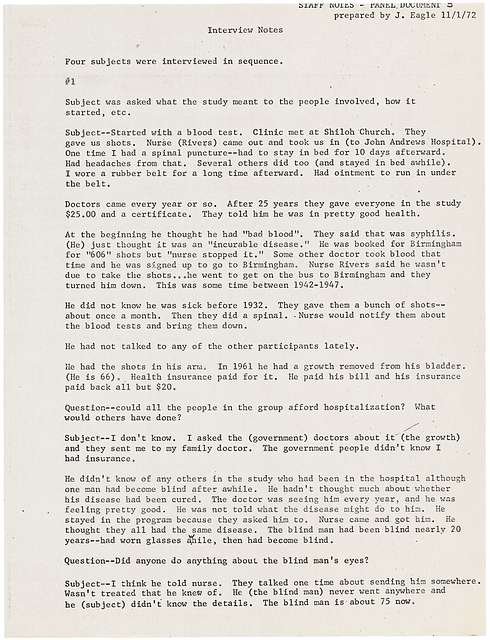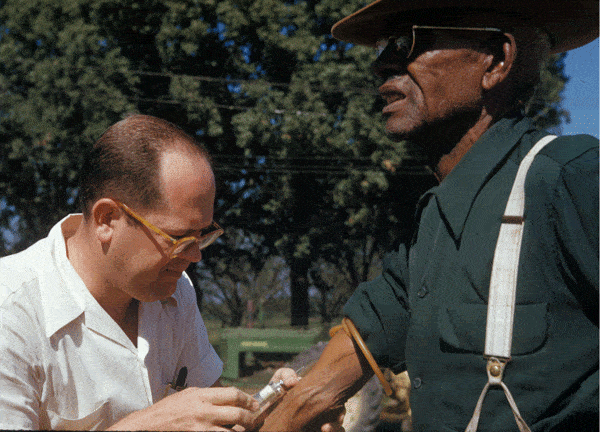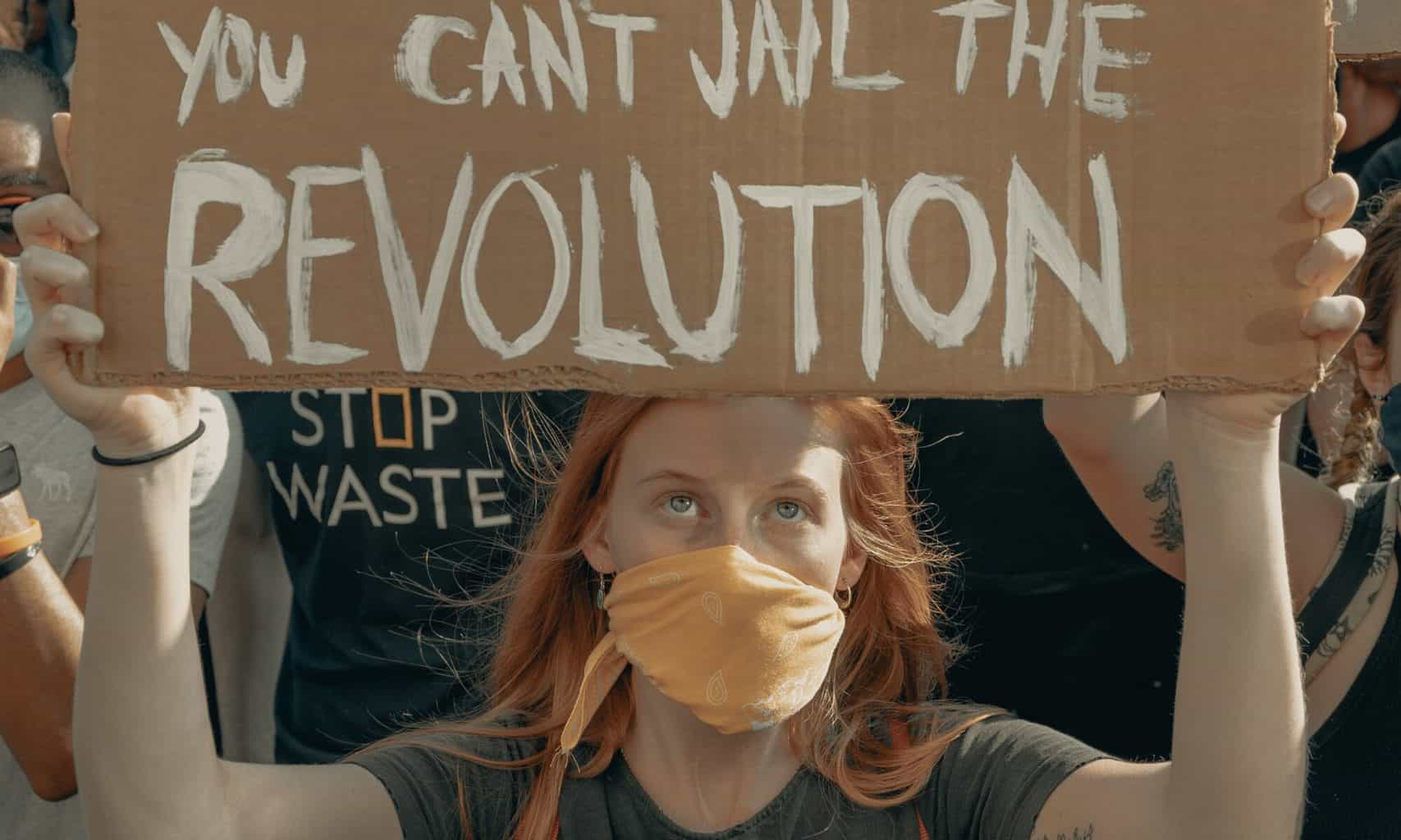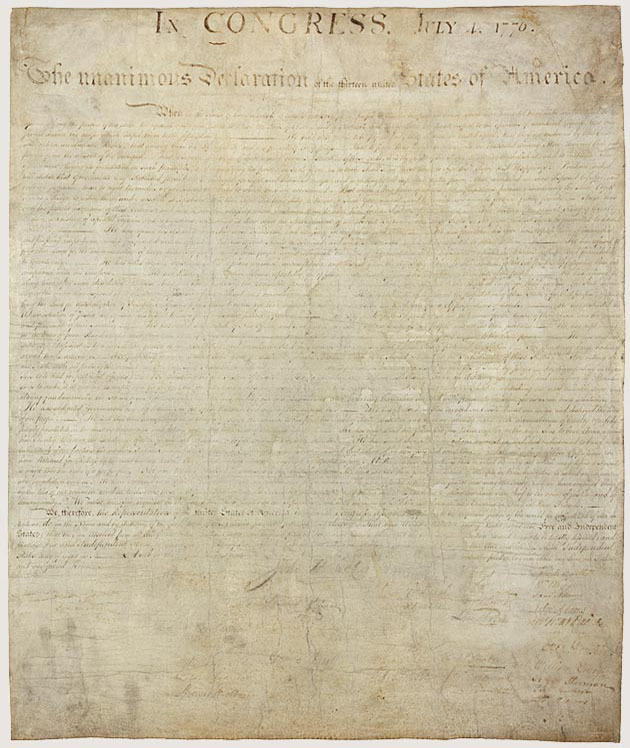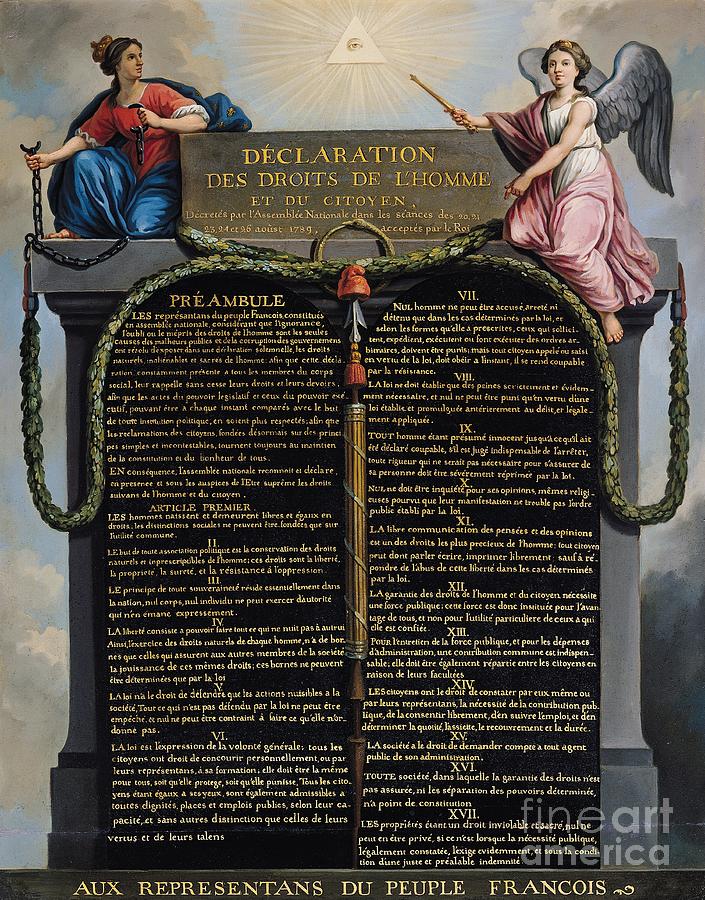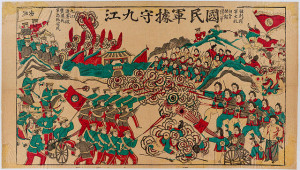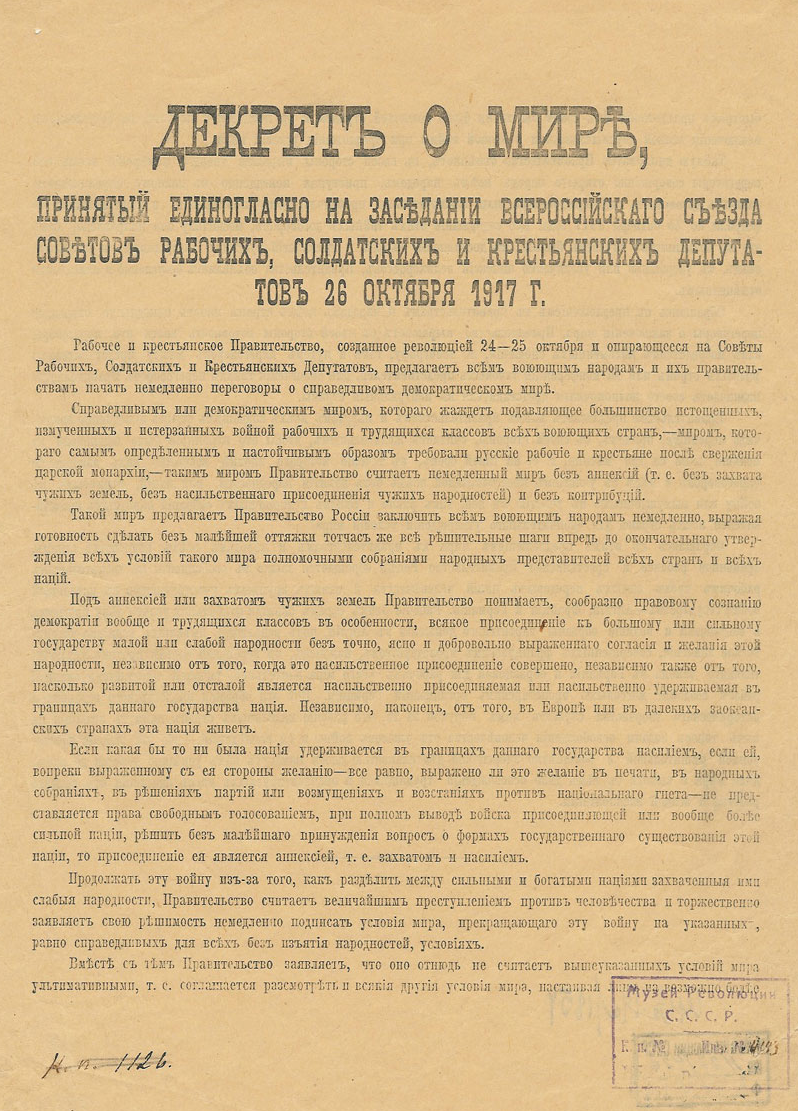Introduction
This lesson is designed for an eighth grade social studies class. It is intended that this lesson be taught during a unit focusing on the historical events in North America at the beginning of the 19th century.
In the days leading up to this lesson, students will have investigated the Louisiana Purchase and how it pertained to Thomas Jefferson’s request that Meriwether Lewis carry out the Corps of Discovery Expedition. Students will have analyzed why President Jefferson asked Congress for “the appropriation of two thousand five hundred dollars, for the purpose of extending the external commerce of the United States.”
It is expected that students will have foundational knowledge using the word ‘bias’ and will have some experience differentiating primary and secondary sources prior to this lesson.
Guiding Question
What perspectives might be missing from our understanding of the 1804-1806 Lewis and Clark Expedition?
Learning Objectives
The student will be able to:
-Describe the difference between primary and secondary sources.
-Describe how perspective and bias affect how we understand history.
-Investigate why the Lewis and Clark Expedition might be viewed differently by Native Americans, and non-Native Americans.
Context
The lesson investigates five different documents associated with the Lewis and Clark expedition. The first three documents are aligned with an incident that occurred between Lewis and Clark’s expedition and the Umatilla Tribe near the Umatilla River in Oregon. The fourth document is a painting titled Lewis and Clark on the Lower Columbia (1905). The fifth document prompts students to think about the perspective of Clark’s slave, York.
This lesson follows a “we do, you do” format. The first document is a reading from Clark’s journal and may prove to be confusing for eighth graders. Consider reading and interpreting the first source together as a class. Have students work on their own, or with a partner for the remaining four documents.
This activity’s documents and the corresponding reflection questions have been organized into two google documents that you’ll find here. Print out one of each for every student.
Assessment
Students will be assessed on their sourcing and contextualization skills as they pertain to the questions associated with each document. At the end of the activity students will be expected to turn in their worksheet with all three questions answered for the five documents.
Document 1
This is a reading from William Clark’s journal on October 19, 1805
“I Delayed at the foot of the rapid about 2 hours for the Canoes which I could See met with much difficuelty in passing down the rapid on the oposit Side maney places the men were obliged to get into the water and haul the canoes over Sholes—while Setting on a rock wateing for Capt Lewis I Shot a Crain which was flying over of the common kind. I observed a great number of Lodges on the opposit Side at Some distance below and Several Indians on the opposit bank passing up to where Capt. Lewis was with the Canoes, others I Saw on a knob nearly opposit to me at which place they delayed but a Short time before they returned to their Lodges as fast as they could run, I was fearfull that those people might not be informed of us, I deturmined to take the little Canoe which was with me and proceed with the three men in it to the Lodges, on my aproach not one person was to be Seen except three men off in the plains, and they Sheared off as I aproached near the Shore, I landed in front of five Lodges which was at no great distance from each other, Saw no person the enteranc or Dores of the Lodges wer Shut with the Same materials of which they were built a mat, I approached one with a pipe in my hand entered a lodge which was the nearest to me found 32 persons men, women and a few children Setting permiscuesly in the Lodg, Some in the greatest agutation, Some crying and ringing there hands, others hanging their heads. I gave my hand to them all and made Signs of my friendly dispotion and offered the men my pipe to Smok and distributed a fiew Small articles which I had in my pockets,—this measure passified those distressed people verry much, I then Sent one man into each lodge and entered a Second myself the inhabitants of which I found more fritened than those of the first lodge I destributed Sundrey Small articles amongst them, and Smoked with the men, I then entered the third 4h & fifth Lodge which I found Somewhat passified, the three men Drewer Jo. & R. Fields, haveing useed everey means in their power to convince them of our friendly disposition to them, I then formd Set my Self on a rock and made Signs to the men to come and Smoke with me not one Come out untill the Canoes arrived with Some five Came out of each Lodge and Set by me and Smoked Capt Lewis at the 2 Chiefs, one of whom spoke aloud, and as was their Custom to all we had passed the Indians came out & Set by me and Smoked They said we came from the clouds &c &c which the and were not men &c. &c. this time Capt. Lewis came down with the Canoes rear in which the Indians, as Soon as they Saw the Squar wife of the interperters wife [Sacagawea] they pointed to her and informed those who continued yet in the Same position I first found them, they imediately all came out and appeared to assume new life, the sight of This Indian woman, wife to one of our interprs. confirmed those people of our friendly intentions, as no woman ever accompanies a war party of Indians in this quarter.”
Document 1:
1. What do you know about the source and author of this document?
2. Is this a primary or secondary source? How do you know?
3. Is there any bias associated with this document?
Document 2
The second document is a reading from a book titled, Lewis and Clark among the Indians, written by J.P Ronda and published in 1984.
“As the expedition continued down the Columbia and neared the mouth of the Umatilla River, Indian reactions began to change dramatically. The welcomes offered by Cutssahnem and Yelleppit vanished and were replaced first by fear and then by ill-concealed hostility. That fear became evident during the afternoon of October 19 as the explorers left Walula territory and entered that occupied by Umatillas. Throughout the afternoon, the men saw hastily abandoned villages and frightened Indians. “At our approach,” said Clark, “they hid themselves in their Lodges and not one was to be seen until we passed.” Although the expedition’s records offer no straightforward explanation for this sudden shift in native attitudes, an event later in that afternoon does suggest how Indians with little or no contact with whites responded to the expedition.
As Clark was walking on shore with a small party that included Charbonneau, Sacagawea, and the Nez Perce guides, he idly shot a crane. Clark thought no more about the incident. A cluster of mat lodges in the distance seemed more worthy of attention. Indians from those lodges were spotted running in terror back to their village. Anxious to quiet the Umatillas’ fears, Clark decided to take Drouillard and the Field brothers on a visit. Once at the settlement, they found five mat houses with their doors firmly shut. Pipe in hand, Clark pushed his way into the first lodge and found thirty-two men, women, and children “in the greatest agutation.” As the Indians cried, wrung their hands, and lowered their heads in preparation for death, Clark struggled to allay their fears. Handshaking, a proffered pipe, and gifts eventually soothed them. He repeated the performance at the other lodges and, with the help of the Nez Perce chiefs and the presence of Sacagawea, terror passed into what he claimed was “greatest friendship.” Then the Umatillas spilled out the reason for their fear. As Clark explained it later to Nicholas Biddle, “The alarm was occasioned by their thinking that we were supernatural and came down from the clouds.” The Umatilla perception of Lewis and Clark as sky gods had been sparked by Clark’s random killing of the crane. “These shots (having never heard a gun), a few light clouds passing, the fall of the birds and our immediately landing and coming towards them convinced them we were from above.”
As the expedition moved closer to Celilo Falls and The Dalles, the Indians continued to show signs of fear and distrust. Perhaps the outsiders were identified with Paiute warriors who frequently raided in the region. For whatever reason, the river people traded warily with Lewis and Clark. Ordway recalled that these Indians acted “as if they were in fear of us.”
Document 2:
1. What do you know about the source and author of this document?
2. Is this a primary or secondary source? How do you know?
3. Is there any bias associated with this document?
Document 3
The third document is an excerpt from the book Lewis and Clark Through Indian Eyes written by Roberta Conner: an author who is descended from the Umatilla Tribe.
“This place in the Columbia River Plateau is our home. Our people have always been here in what are now northeastern Oregon and southeastern Washington. How long is always? As far back as our oral histories recall. Back to when the landforms were created, back to the end of the cold times, back to the floods, back to the time when the mountains hurled rocks and fire at each other, back to when the animals held council and taught us how to live here. Our covenants on how to exist in this homeland are ancient. From the animals, plants, waterways and the cycles provided by the seasons, we learned what to eat, where to live at different times of the year, how to heal ourselves and take care of one another. Our traditional laws, still in place, never replaced or superceded, tell us how to take care of the gifts from the Creator. In our cultures, children are sacred as are all the beings made by the creator. That is the age-old context into which Lewis and Clark arrived in 1805. By virtue of their saying so, these newcomers proclaimed we were children to their Great Father. Not so. We were and are children of this landscape that sustains us and upon which we have depended for eons. They did not speak our languages. They shot a crane flying by for no reason apparent to onlookers. They entered a closed door without seeking permission.
Then, Clark writes that we said, undoubtedly by way of signs, they came from the clouds and are other than men—godlike? Perhaps Clark’s own sense of superiority and dominance has run away with his imagination.”
Document 3:
1. What do you know about the source and author of this document?
2. Is this a primary or secondary source? How do you know?
3. Is there any bias associated with this document?
Document 4
Painting titled Lewis and Clark on the Lower Columbia, 1905.
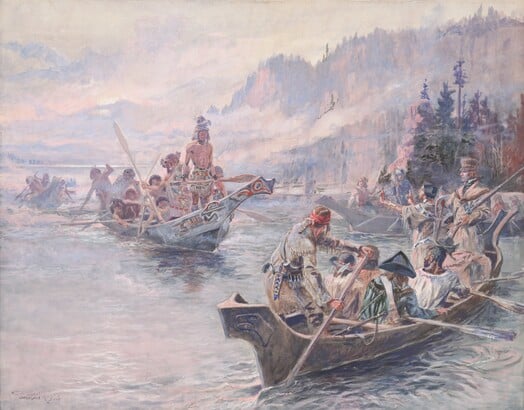
Document 4:
1. Using the internet, what information can you find on this painting?
2. Is there any bias associated with this painting?
3. Does this painting realistically represent the Lewis and Clark Expedition?
Document 5
The fifth document is an excerpt from a publication written by Darrell Millner from Portland State University. The document interprets the role of Clark’s slave, York, and his contributions to the expedition.
“ Joining the two captains and the soldiers they had recruited for the expedition was York, Clark’s black slave… The western frontier has always been notable for its interracial and intercultural complexity, and the Corps of Discovery reflected that reality… One of the most interesting and useful stories to emerge about the members of the Lewis and Clark expedition is that of York, who participated fully in the journey and contributed in significant ways to its success.”
Document 5:
1. What do you know about the source and author of this document?
2. Is this a primary or secondary source? How do you know?
3. Why do you think people might be more familiar with Lewis and Clark’s roles in the expedition and less familiar with York’s role?
Reconvene
After students have had sufficient time to read and reflect on each document, ask students if they have any questions or comments that they’d like to bring up in a classroom discussion. As time permits, have students summarize their experiences and responses to the documents.


